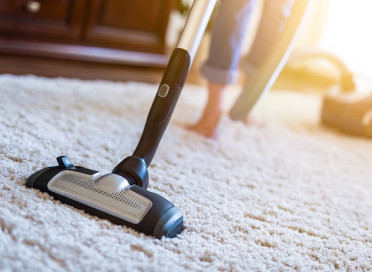Exposure to microorganisms in the home
We analysed the microorganisms (bacteria, house dust mites, moulds) found in the 3,000 dust traps that were placed in infants’ bedrooms during their first 2 months of life, with a view to assessing their impact on the children’s subsequent health, especially their respiratory health. We established six profiles of exposure to microorganisms in the home.
Two of these were fairly frequent in western France, with one characterized by high levels of house dust mites and bacteria, and the other by high levels of house dust mites, bacteria and moulds. Greater humidity and temperatures favouring the development of these microorganisms could explain these results. The geographical distribution of our profiles matched that found in a recent study on the frequency of asthma in young children conducted in day nurseries.
Follow-up data for the Elfe children will allow us to check whether there is indeed a link between microorganism exposure profiles and children’s respiratory health. The goal set by the Elfe study is to look for correlations between the incidence of respiratory diseases in the different regions and factors such as housing quality, ventilation and insulation.
More information
Rocchi S., Reboux G., Frossard V., Scherer E., Valot B., Laboissiere A., Zaros C., Vacheyrou M., Gillet F., Roussel S., Raherison C., Millon L., and the Elfe team. “Microbiological characterization of 3193 French dwellings of Elfe cohort children”, Science of the Total Environment, 505C, 1026-1035, February 2015. [Link]


